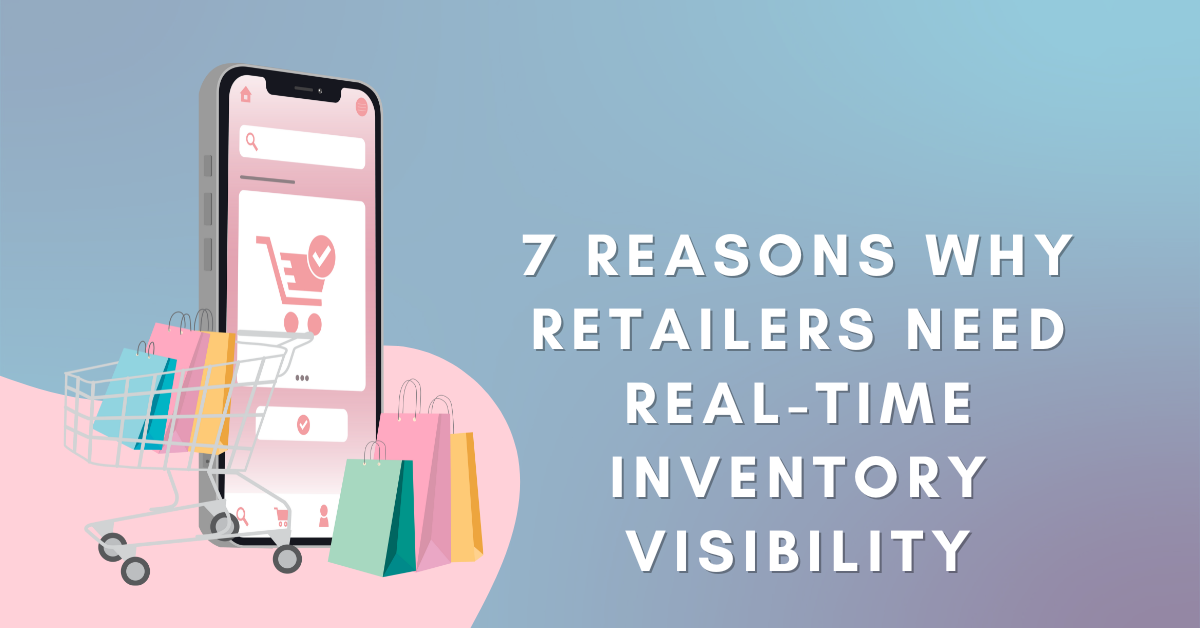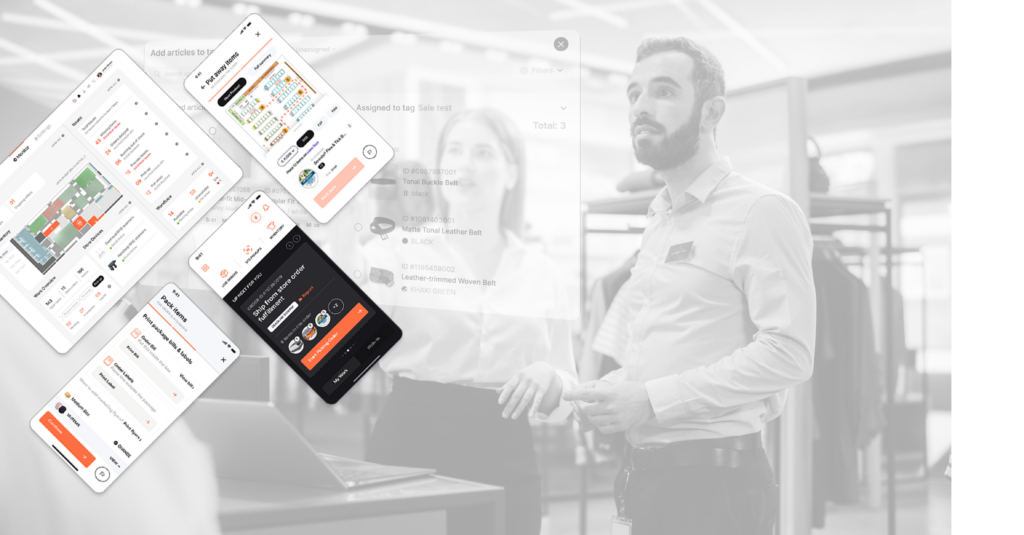


In a recent Wall Street Journal article, the trend of “wealthy” individuals opting for full-body scans caught my attention. These scans, although expensive and often not covered by insurance, have divided the medical community. Some argue they are essential for early disease detection, while others feel they potentially lead to unnecessary costs and complications. This debate on early detection versus potential risks drew my mind to the retail industry and the ongoing discussion around in-store inventory visibility.
In the world of retail, the what’s-necessary-vs.-too-much debate comprises whether retailers should stick with traditional mobile RFID handhelds for inventory management or invest in a more robust, fixed system in the ceiling. Currently, many retailers rely on periodic (monthly/weekly/daily) cycle counts for what we call “moment-in-time” visibility. While mobile RFID solutions claim to provide approximately 95% inventory accuracy at a reasonable cost, the need for real-time visibility (and >99% accuracy) is becoming more evident with each passing day. Store inventory accuracy is the key to a better experience, whether through a customer’s ability to walk in and immediately pick up a desired item or access faster ecommerce deliveries and pickups.
Here’s why real-time inventory visibility is crucial for retailers:
RELATED READ: The Customer Comes Second: Building a Foundation of Intelligent Inventory Management

As retailers increasingly rely on their physical stores to fulfill ecommerce orders, issues such as order cancellations, split shipments and pick declines have become more common. Just as the medical community is beginning to accept full-body scans for high-risk patients, retailers should address the risks related to moment-in-time visibility and seriously consider the transition to real-time inventory visibility.
Just as the medical community is beginning to accept full-body scans for high-risk patients, retailers should address the risks related to moment-in-time visibility and seriously consider the transition to real-time inventory visibility.
In a world where customers expect immediate access to products and seamless shopping experiences, retailers cannot afford to rely solely on periodic inventory counts. Real-time inventory visibility isn’t just a luxury; it’s a necessity to meet customer expectations, reduce costs and stay competitive in the ever-evolving retail landscape.